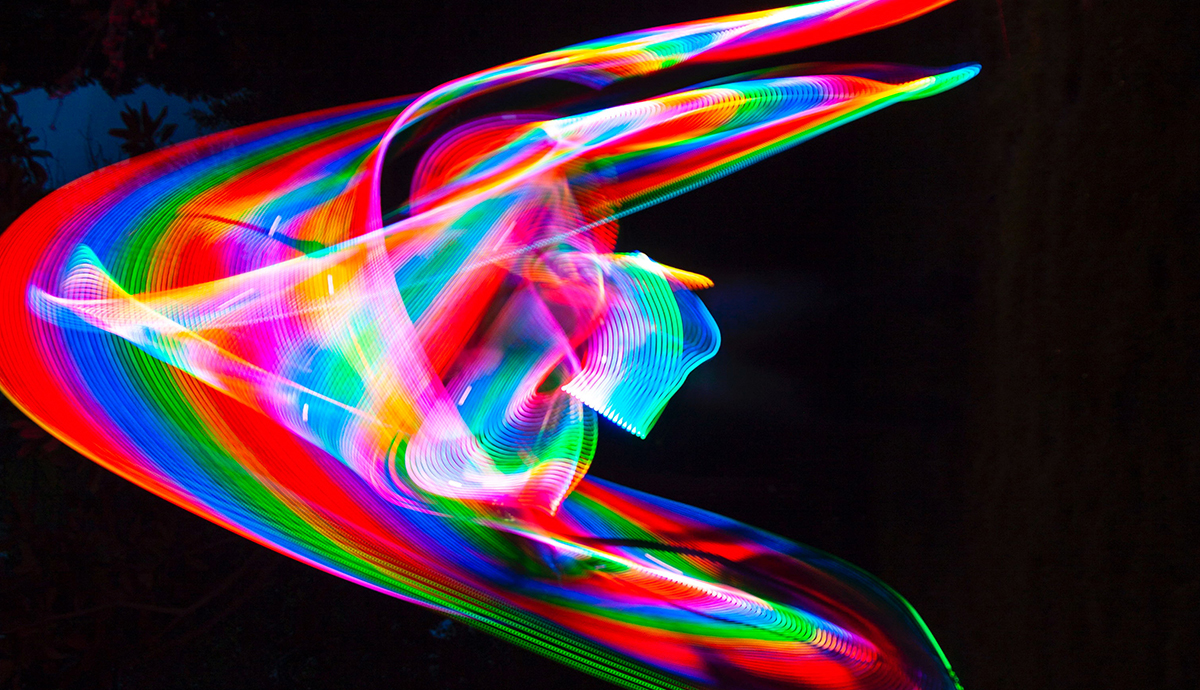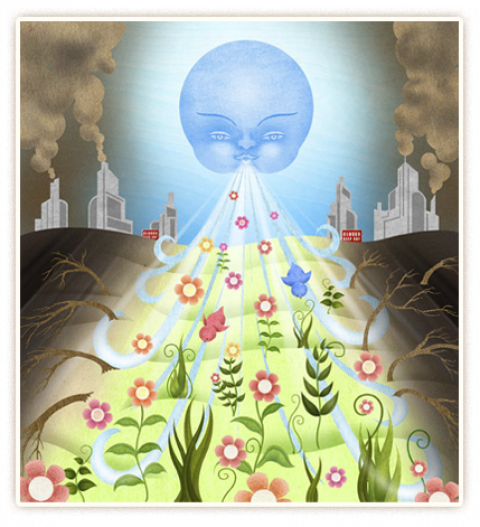This semester I am teaching a course called Poets of Color at Mills College in Oakland, California. ‘Tis that time of the semester again when I start compiling writing prompts based upon the work we have read and discussed for my students’ creative final projects.
This semester we read Juan Felipe Herrera’s Notebooks of a Chile Verde Smuggler, Frances Chung’s Crazy Melon and Chinese Apple, Mahmoud Darwish’s Memory for Forgetfulness, Harryette Mullen’s Recyclopedia, Monica A. Hand’s Me and Nina, Reginald Dwayne Betts’s Shahid Reads His Own Palm, my most recent collection Diwata, Carmen Gimenez Smith’s Milk and Filth, and a healthy dose of poetry chapbooks, including Sarith Peou’s Corpse Watching, Margaret Rhee’s Yellow, and Philip Metres’s Abu Ghraib Arias.
I began the semester with a list of questions, which I’d hoped would frame the assigned works. I’ve been wondering a long time now, is the label, “Poet of Color,” useful? Or does it stuff us into the narrow confines of identity politics? I ask whether the label is useful, and perhaps my motives are selfish. It continues to be a major peeve of mine, to have Filipino American readers of my work begin and end their discussions of my work with, “Poeta en San Francisco or Diwata is a statement of Reyes’s Filipina identity.”
I’m troubled by such an undifferentiated though earnest statement; it denies the variety and complexity of Filipina women’s experiences throughout history and in the world. It ignores discussions of class, citizenship, geography, migration, and language. “I am Filipina,” is a statement of my Filipina identity.
That said, throughout this semester’s discussions, and in compiling my list of writing prompts, I’ve been doing my best to guide students from general, initial impressions into more specific, substantial, and even troublesome places. As Harryette Mullen has said about her own work, she is interested in problematizing her black female subjectivity. So this is my preliminary list, which I hope will move or compel you all to write as well:
- Poems with a strong sense of place. Here, place can be the specifics of the natural world you inhabit, flora and fauna, geological features, textures, colors, smells, weather patterns. In addition to the natural world, what are the features of the modern world interacting or intruding upon it? What technology, industry including tourism, what new cultural and religious institutions from new settlers, invaders, what new languages are changing the landscape of your place.
- Here, place can also mean the urban landscape you inhabit. How do languages and cultures, economies, political values intersect and/or collide in your urban space. What gets erased? What gets replaced?
- What is your specific subjectivity in these places? Are you a tourist, visitor, native, transplant, migrant, invader? What are your interactions with your place’s various inhabitants and their subjectivities? What is your viewing position? Are you street level, in the mix, viewing through camera lenses, windows, from balconies/perches or other distanced positions? Are you talking to people or eavesdropping on their conversations?
- Poems that focus on language, establishing or reclaiming languages. What are the official languages of the places you inhabit? What are the official languages of your community or family? How do you compose and communicate in these languages, and to/with whom?
- Poems examining your relationship with the specific institutions in which you are immersed. What are the specific cultures, cultural artifacts, forms of these institutions?
- Poems re: the body, what composes or comprises the body? Here I mean not just physically and physiologically, but politically and culturally. What structures of power are writing your body? What violences are associated with those structure of power? What narratives have been written about/imposed upon your body, how do you make sense of these narratives? Which of these narratives, what fables, what mythologies, what official documents and sacred texts do you accept, reject, rewrite, revise, erase, blackout, whiteout? What do you appropriate?
- Poems re: cultural, artistic/aesthetic, political foremothers or forefathers, and/or colleagues. How do your texts interact with theirs? How do you incorporate their texts into yours? What kind of dialogue are you in with them? What do you write of your artistic and political concerns in your letters to them (if you were to write letters to them)?
Barbara Jane Reyes is the author of Diwata (BOA Editions, Ltd., 2010), winner of the Global Filipino Literary Award for Poetry and a finalist for the California Book Award. She was born in Manila, Philippines, raised in the San Francisco Bay Area, and is the author of two previous collections of poetry, Gravities of Center (Arkipelago Books, 2003) and Poeta en San Francisco(Tinfish Press, 2005), which received the James Laughlin Award of the Academy of American Poets. She is also the author of the chapbooks Easter Sunday (Ypolita Press, 2008) Cherry(Portable Press at Yo-Yo Labs, 2008), and For the City that Nearly Broke Me (Aztlan Libre Press, 2012). Barbara is featured in issue 296.2, Spring 2011.
Illustration by: Vlad Alvarez, who was born in El Salvador, Central America and now lives in West Chester Pennsylvania. He attended Tyler School of Art in Philadelphia and graduated with a BFA of Graphic Design and Illustration. The image was created for Fort Worth Weekly. http://vladalvarez.com/. Vlad is featured in issue 299.2, Spring 2014.



